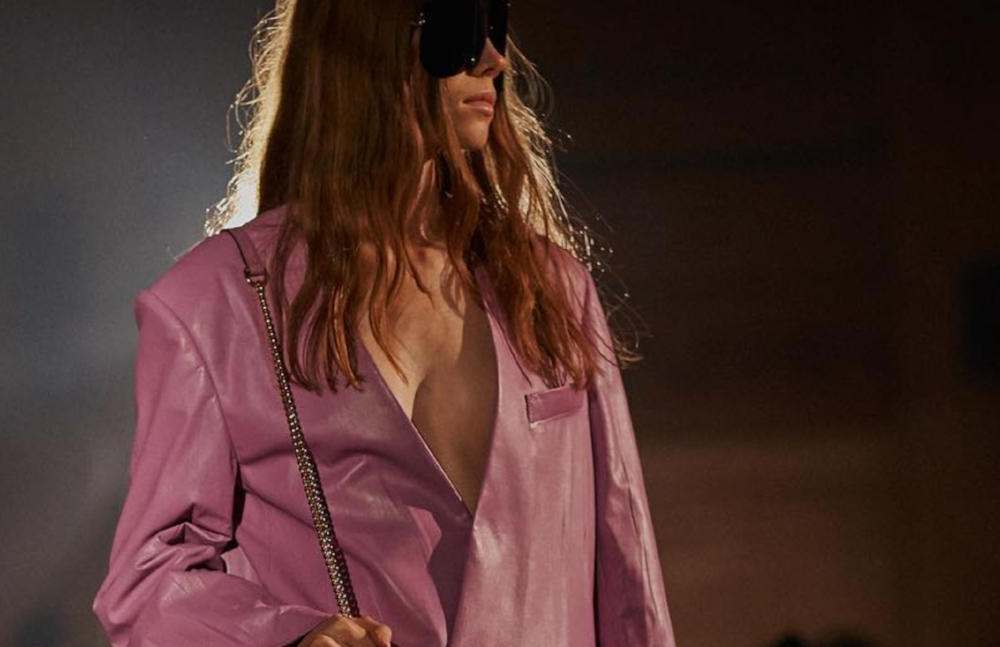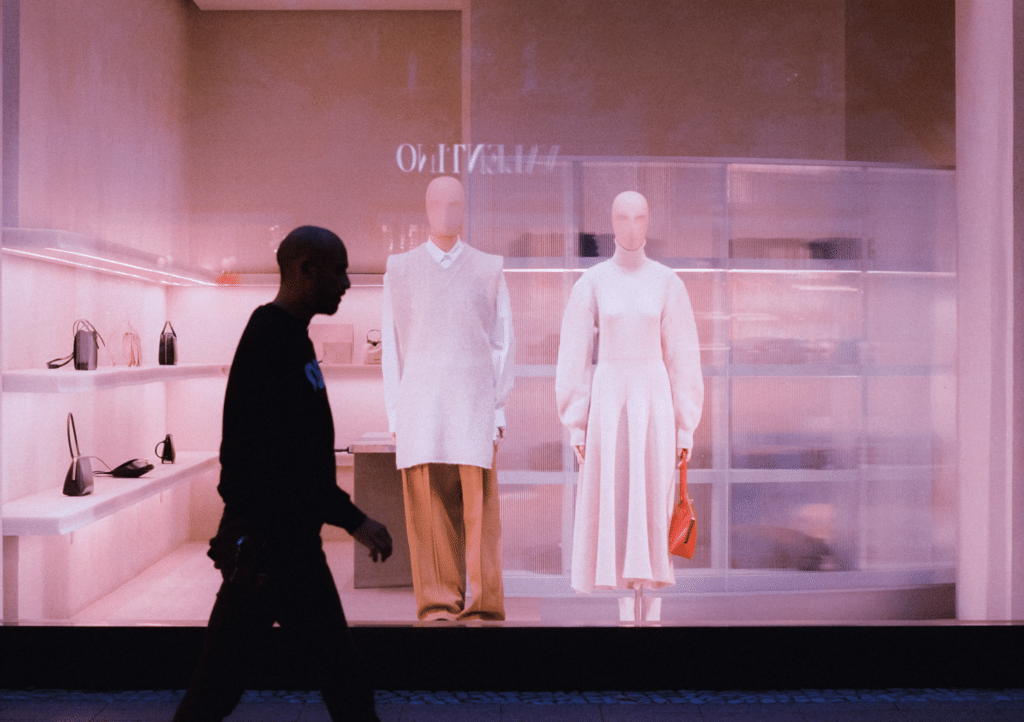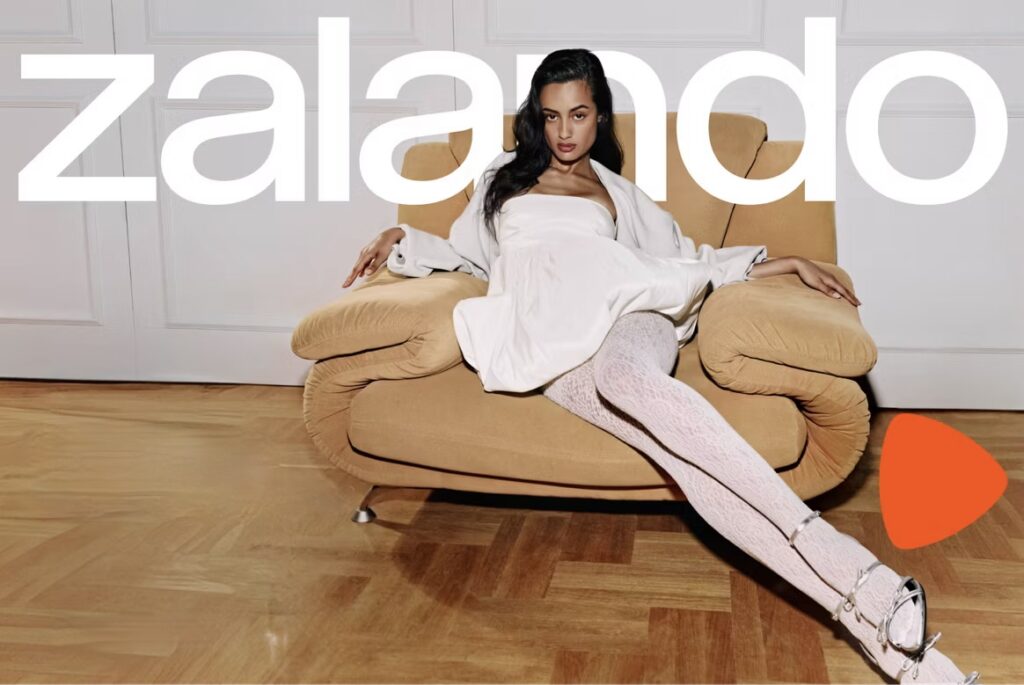Gucci has enjoyed truly “spectacular growth” since creative director Alessandro Michele made his debut in 201, helping parent company Kering to tout 2017 as its “most profitable year ever.” Much of Gucci’s gains have been at the hands of millennials, the group of consumers born after 1980 and before 2000, that have been snapping up the revamped handbags, logo-ed sweatshirts and bedazzled eyewear of Gucci and the wares of its rivals, and almost single-handedly driving the luxury market in the process.
New research backs up the power of the millennial consumer in the luxury market. According to a recently-released UBS Group AG survey of more than 3,000 consumers across China, Europe and the U.S., 18 to 35 year old shoppers contributed 85 percent to growth in the luxury market last year and will represent 45 percent of total high-end spending by 2025. According to the study, as revealed by Bloomberg, “Gucci and Louis Vuitton are millennials’ favorite brands,” and while “the intent to buy online is higher in that age group,” compared to older consumers, “physical stores continue to rank highly among their preferred places to shop.”
Bloomberg further noted on Monday that “Chinese millennials, [who] are a major driving force behind global luxury sales growth, allocate about 20 percent of their discretionary income to purchasing luxury goods,” a figure that largely mirrors the spending of older generations of Chinese consumers. In the U.S. and Italy, on the other hand, the breakdowns are different. Millennial consumers in the two nations, respectively, “have higher spending budgets than their elders.”
UBS Groups’ survey revealed that Chinese millennials are responsible for the purchase of 30 percent of the world’s luxury goods. American consumers of the same age account for 23 percent, and European millennials command 19 percent of the market, followed by Japanese consumers with 11 percent.











